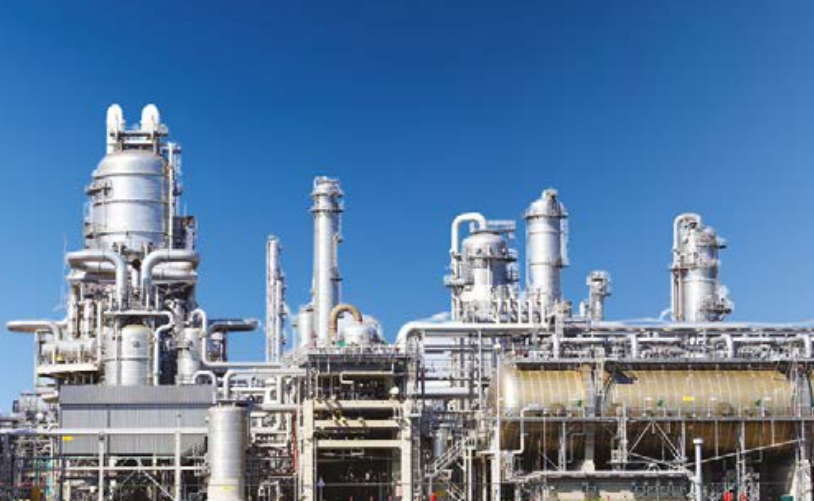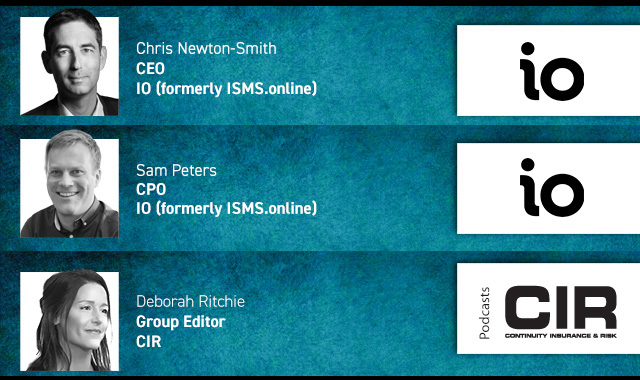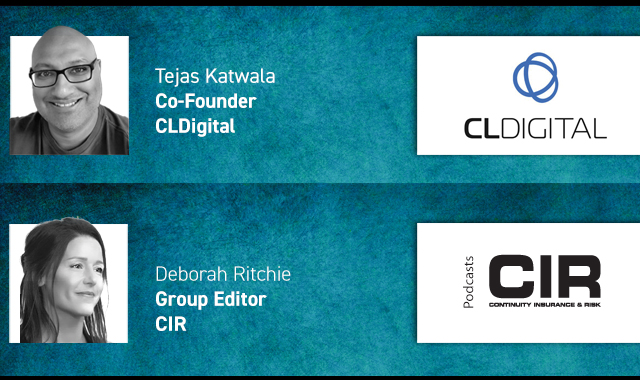Hydrogen is set to play a crucial role in driving the green transition with demand expected to surge in the coming decades, but it will bring significant new and unknown variables and risks for operators and insurers, says Allianz Commercial.
Around 60 governments have adopted hydrogen strategies, while the number of planned projects is already exceeding 1,500 globally compared to around 200 in 2021 – an increase of around 600%. To enable these projects, a total investment volume of US$680bn until 2030 may be needed, according to the Hydrogen Council and McKinsey, which will trigger a greatly increased demand for insurance to protect against risks as this investment is activated.
Across all industries, stringent safety measures will be vital to manage hydrogen’s inherent risks. As hydrogen becomes integrated into the global economy, insurers can expect to see a significant increase in demand for coverage, with Allianz Commercial expecting the insurance market for hydrogen project coverage to grow to over US$3bn in premiums by 2030.
While it has been used in the chemical and refinery sectors for many decades, with risks such as fire, explosion and embrittlement being already well-known, Allianz Commercial warns that the integration of hydrogen into other industries brings a range of challenges with currently planned mega projects requiring a scale-up of risk management.
Harald Dimpflmaier, regional head of natural resources at Allianz Commercial, said: “Evolving technologies always pose challenges such as raising the risk of serial losses, where a common fault requires the replacement of equipment across a project or multiple projects. For example, a large hydrogen production facility could involve hundreds of electrolyzers, with the same design replicated at multiple plants. Serial defect claims have already been seen with wind turbines, leading to large losses for companies and insurers.
“Meanwhile, as the hydrogen industry scales up, supply chains may come under increasing pressure, with the risk of capacity constraints, and delays for replacement parts.”
Anthony Vassallo, global head of natural resources at Allianz Commercial, added: “Given the wide reach of the hydrogen value chain and its potential uses, the implications for insurance could be far-reaching, touching on multiple sectors and lines of business over the next decade. However, from an exposure and potential claims perspective, product lines such as energy, natural resources and liability are likely to see the biggest impact from hydrogen risks over the next five to 10 years, followed by property and marine.”
Printed Copy:
Would you also like to receive CIR Magazine in print?
Data Use:
We will also send you our free daily email newsletters and other relevant communications, which you can opt out of at any time. Thank you.











YOU MIGHT ALSO LIKE